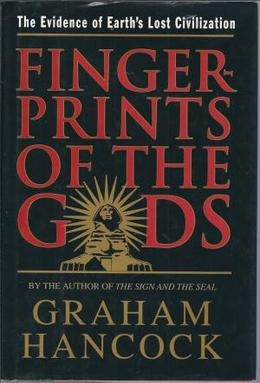Book Review: Hungarian Hussar Sabre and Fokos Fencing, Russ Mitchell (Illustrated by Kat Laurange)

Several weeks ago, I had the good fortune to attend an all-day class taught by Russ Mitchell and Kat Laurange on Hungarian sabre, which is well outside my usual sword wheelhouse; I tend to focus on two-handed cutting weapons primarily intended for foot combat, whether it's longsword, katana, or Dane-axe. I consider it fully appropriate to say that class changed how I approach training and teaching. I picked up the first in the Austro-Hungarian military saber (I'm American, consarn it, and I'll spell saber like George Patton intended it!) series that day, read it within the week, and have been debating how to review it properly since. The reason for the delay is because I needed to separate the experience from the book, and also because there are at least three things that need to be reviewed when reviewing a historic martial arts manual. The first is the manual as a book; the second is the martial system described as a martial system; the third is the historicity of th


